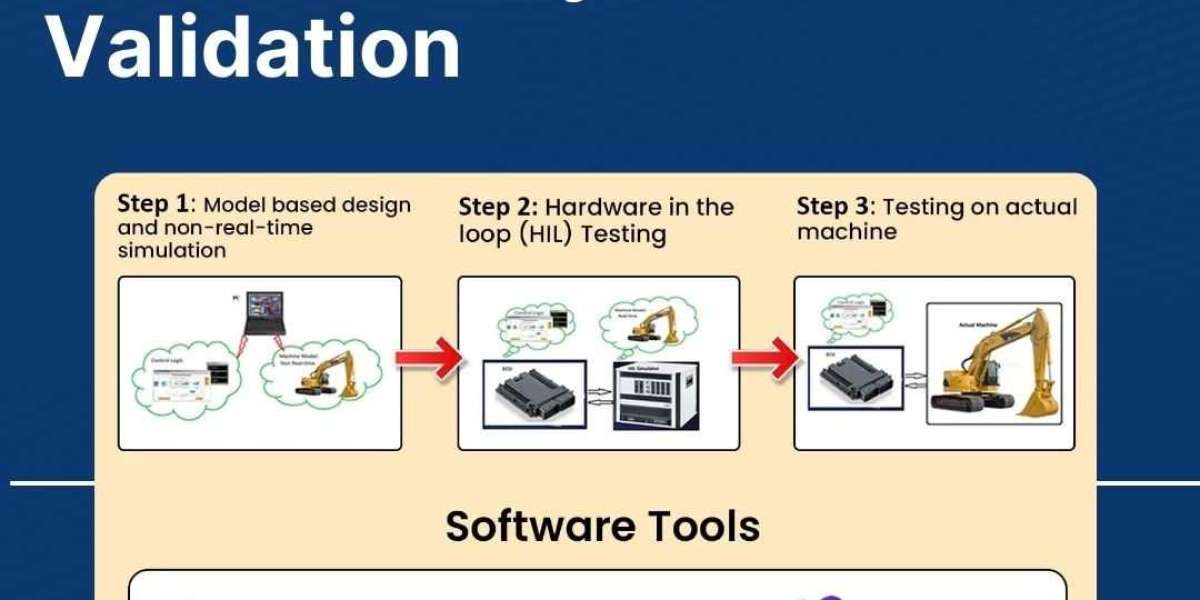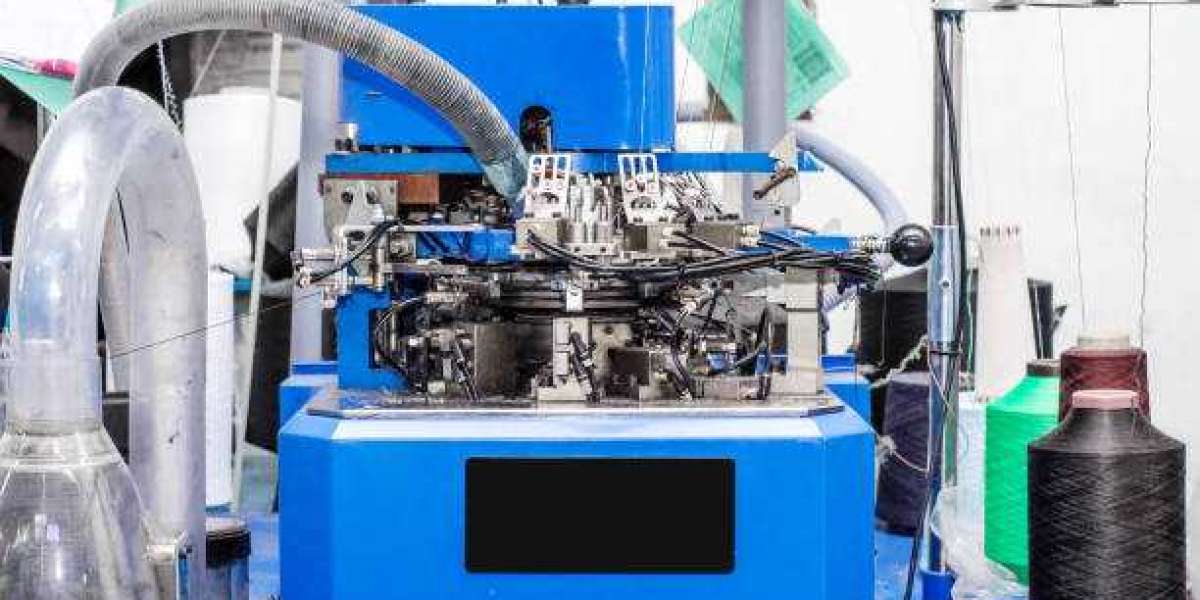In today's fast-paced world of embedded systems, ensuring the accuracy and reliability of these systems is critical. This is where Hardware-in-the-Loop (HIL) software comes into play. It serves as an essential tool in the validation and testing processes of embedded systems, helping companies like Servotech streamline development, reduce errors, and improve overall performance. This article delves into the role of HIL software in modern embedded system validation, exploring its benefits, applications, and why it's indispensable in the industry.
What is HIL Software?
HIL (Hardware-in-the-Loop) software is a simulation-based testing method used in the development of embedded systems. It integrates a real-time simulation environment with physical hardware components, allowing engineers to test their designs under realistic conditions without the need for an actual prototype. By doing so, HIL software helps in identifying potential issues early in the development process, saving time and resources.
Why is Embedded System Validation Important?
Embedded systems are found in a wide range of applications, from automotive controls to medical devices and industrial automation. The validation of these systems is crucial to ensure they operate reliably and meet industry standards. Without proper validation, there is a risk of system failures, which can lead to costly recalls or even dangerous malfunctions. HIL software plays a vital role in mitigating these risks by providing a controlled testing environment that mimics real-world scenarios.
The Benefits of Using HIL Software
There are several advantages to using HIL software in embedded system validation:
Early Detection of Issues: By simulating real-world conditions, HIL software allows engineers to identify and fix issues early in the development cycle.
Cost-Effective Testing: HIL reduces the need for physical prototypes, which can be expensive and time-consuming to build.
Improved Accuracy: The simulation environment of HIL software offers precise and repeatable test scenarios, ensuring consistent results.
Reduced Development Time: By enabling rapid testing and validation, HIL software accelerates the overall development process.
How Does HIL Software Work?
HIL software connects a real-time simulator with the hardware components of an embedded system. The simulator mimics the inputs and outputs of the system, allowing engineers to test the hardware's response under various conditions. This setup helps to validate the system's behavior, ensuring it meets the desired specifications before full-scale production.
Key Applications of HIL Software
HIL software is widely used in various industries due to its versatility and effectiveness:
Automotive Industry: In automotive development, HIL software is used to test electronic control units (ECUs) for systems like ABS, engine management, and autonomous driving features.
Aerospace: The aerospace industry relies on HIL testing for flight control systems, ensuring safety and reliability before deployment.
Industrial Automation: HIL software helps in validating complex control systems used in industrial automation, reducing downtime and improving efficiency.
Why Choose Servotech for HIL Software Solutions?
As a leading provider of HIL software testing services, Servotech offers advanced solutions tailored to meet the unique needs of various industries. With extensive experience in embedded systems and a commitment to quality, Servotech helps clients enhance their product development processes, ensuring reliable and robust system validation.
The Role of HIL in Automotive Testing
In the automotive sector, the complexity of embedded systems has increased significantly with the rise of electric vehicles (EVs) and autonomous driving technologies. HIL software enables manufacturers to test and validate these complex systems in a simulated environment, ensuring safety and performance standards are met before hitting the road.
Challenges in Implementing HIL Software
While HIL software offers numerous benefits, there are challenges in its implementation:
Initial Setup Costs: The setup of HIL systems can be expensive due to the need for specialized hardware and software.
Complex Integration: Integrating HIL software with existing systems requires expertise, as it involves configuring real-time simulations and hardware interfaces.
Training Requirements: Engineers must be trained to use HIL software effectively, which can require additional time and resources.













